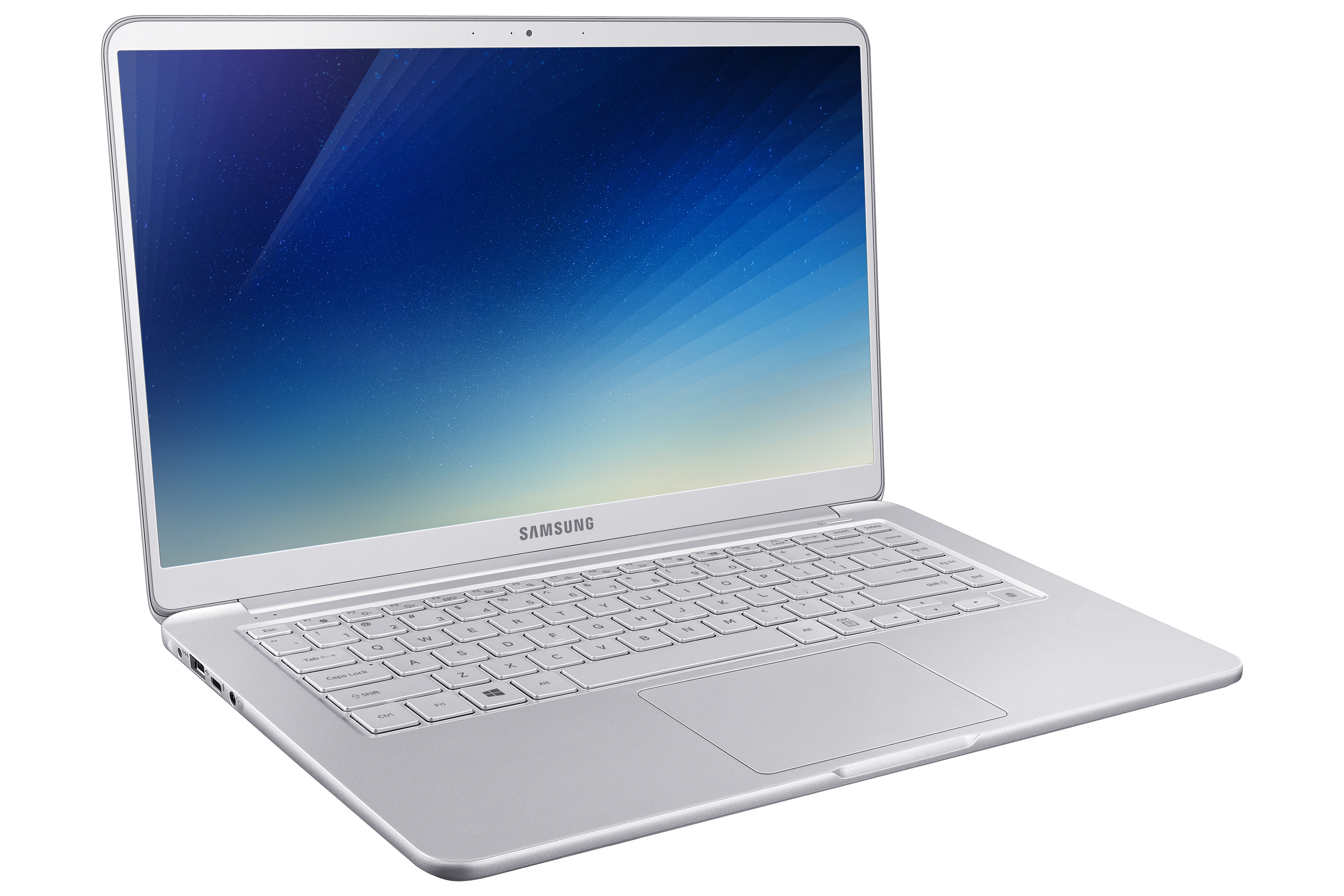
_3.jpg)
it has full-sized keys that are well spaced, and despite the chassis being so thin, the keys are afforded an acceptable amount of travel and are soft to hit.
#SAMSUNG NOTEBOOK PLUS#
On the plus side, the screen on the 15in model has a matte finish and it is very bright, which means that light sources behind you won't cause distracting reflections.įor typing, the 15in Series 9's keyboard is very good. This is in contrast to the 13.3in model's screen, which we thought was beautiful. We had to adjust the tilt of the screen to view some graphics properly, depending on the angle at which we were sitting. The quality of the screen isn't as high-quality as were expecting, with viewing angles being a little narrow.
#SAMSUNG NOTEBOOK WINDOWS#
The screen has a native resolution of 1600x900 pixels, so it's not quite a premium panel, but it's still wide enough to facilitate Windows' Aero Snap feature, which can re-size windows to half the screen, and we had no problems using two windows side-by-side. Furthermore, the hinge is strong, which means you'll need to hold the base down as you lift the lid - when the laptop is sitting flat on a desk, you can't just lift the lid with one hand. The way the screen meets the chassis, there is only a small lip available where you can place your finger to get some leverage. One thing that's interesting about this notebook's design is just how difficult it can be to lift the lid. Some noise is made by the internal cooling fan when the workloads are tough, but overall it's not a loud computer. Air is exhausted via two vents at the rear, which should also be left clear. There are vents on the base that facilitate cool air intake, so you won't want to block them when using the notebook for CPU-intensive tasks.

The chassis acts as a heat sink of sorts and heat can be felt on the topside of the chassis near the edges, too. Be warned though, if you do use this laptop for tasks that make a lot of use of the CPU (streaming Flash-based video, for example), then the base will get noticeably warm. The right side has a VGA port (via dongle) and two USB 3.0 ports.īecause it's such a light laptop considering its 15in size (it's only 1.7kg), you can use it easily on your lap for long typing sessions. There is also a built-in microphone here.

The connections on the left include USB 2.0, a combination headphone/microphone port, micro-HDMI and a Gigabit Ethernet port (via dongle). You also get Bluetooth, and there is dual-band Wi-Fi in the form of an Intel Centrino Advanced-N 6235 module. These speakers are located on the underside of the chassis, where it tapers inwards, and this makes them easy to muffle when you're not using the laptop on a flat surface. All of these ports are located at the rear half of the chassis, which has the thickest edging, while the front half houses the stereo speakers. On the left side there is a little more: one USB 2.0 port, a combination headphone and microphone port, a micro HDMI port, a micro port for an Ethernet dongle, and a built-in microphone. On the right side there are two USB 3.0 ports, a micro port for a VGA dongle, and an almost-stealth SD card slot that blends in with the curve of the chassis. For all intents and purposes, this is an Ultrabook, even though Samsung doesn't market it as such (it resides under Samsung's 'Thin & Light' category on its Web site, rather than 'Ultrabook'). However, the port selection along the sides is limited, and this has to do with the fact that the chassis is so thin - at 8mm (not counting the rubber feet on the base) the chassis is only slightly thicker than the USB ports it houses, and it's only 15mm thick with the lid closed. It is very much a luxurious computer that's aimed at executives and other users who want to make an impression with their hardware, but it's still a regular computer after all, with mostly regular ports. Where most notebooks tend to have a noticeable frame around their screen, the Series 9's is only 11mm and this makes the viewing area look vast. A lot of screen size has been packed into a relatively small chassis that's only about 40mm wider than the 13.3in Series 9 model, and it's about 10mm wider than a typical 14in notebook. The design and shape of the 15in Series 9 is the same as the 13in model, except that it's scaled up a little, but not too much. The metal chassis and lid of the Series 9 make it feel sturdier than most laptops of this size on the Australian market and they also give it that premium look and feel.


 0 kommentar(er)
0 kommentar(er)
